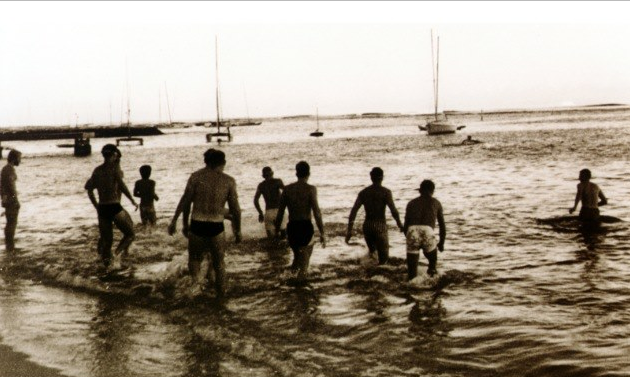We are at a time when many athletes decide to return to training after a holiday period. Facing detraining is the usual situation after the downtime typical of a break between seasons. To mitigate the effects of long periods of physical inactivity, professional athletes design pre-seasons to be ready for competition.
In cycling, we are in the middle of a rest period for athletes. The 2022 season ended in the first weeks of October and cycling teams are already designing preseason preparations to mitigate the effects of detraining.
What is detraining?
De-training is the partial or complete loss of adaptations induced in the body by physical training. The effects of detraining, of course, will depend on the time of inactivity of the person: two weeks of rest is not the same as two months without maintaining a routine of physical activity.
The human body is capable of absorbing training adaptations quickly. A continuous stress of repeated training alters the state of internal equilibrium, a process known as homeostasis: a new state of equilibrium is reached, with a higher level of physical capacities, i.e. physical capacities increase.
But homeostasis is fragile and any change alters the equilibrium, including also the reduction or elimination of training. Physical adaptations to training require resources and energy for their maintenance. If training is stopped, the body will return to a state of equilibrium with lower physical capacities.

How does it affect the body?
There are four areas in which detraining affects the human body:
- Aerobic capacity: This is the first capacity affected by detraining. This is because VO2Max decreases significantly during the first month of inactivity. Blood volume decreases, red blood cell count is lower and cardiac output is reduced.
- Anaerobic system: Decreases in the aerobic part of the body have an impact on the anaerobic part of the body, so lactate levels increase. Glycogen stores and the enzymes responsible for synthesizing glycogen molecules drop significantly, making the body less efficient at nourishing the muscles during exercise.
- Peripheral cardiovascular systems: This section also takes a nosedive due to detraining. Capillary density, mitochondrial density and oxidative enzyme levels decrease. Loss of muscle tone reduces maximal power capacity in an exercise, as well as heart size and left ventricular flexibility. The improvements in blood pressure caused by training disappear by the third month of inactivity and the ability to breathe correctly during exercise decreases by 15% after a few months.
- Muscle fibers: Some muscle fibers switch from type 2a to type 2b, becoming dependent on anaerobic metabolism. What does this mean? Anaerobic efforts (such as strength exercises) seem easier as you detrain, but this does not imply an improvement in fitness. Eventually, with a drop in training stimulus, the body returns to the detrained state.

Why does detraining occur?
One of the reasons for detraining is well known and we have already told you about it at the beginning of the article. Holiday periods are necessary, both for the correct mental and physical state, but a period of inactivity or a sudden drop in what you have been doing leads to the effects described above.
Injuries, especially long term injuries, can lead to a fortuitous reduction in training sessions. To solve this problem you can try most exercises that do not involve the affected area or opt for exercises without much impact or risk, such as indoor cycling.
If you haven’t had the chance to try BKOOL yet, you can try it for FREE for 30 days on our website.
 Go to BKOOL
Go to BKOOL





